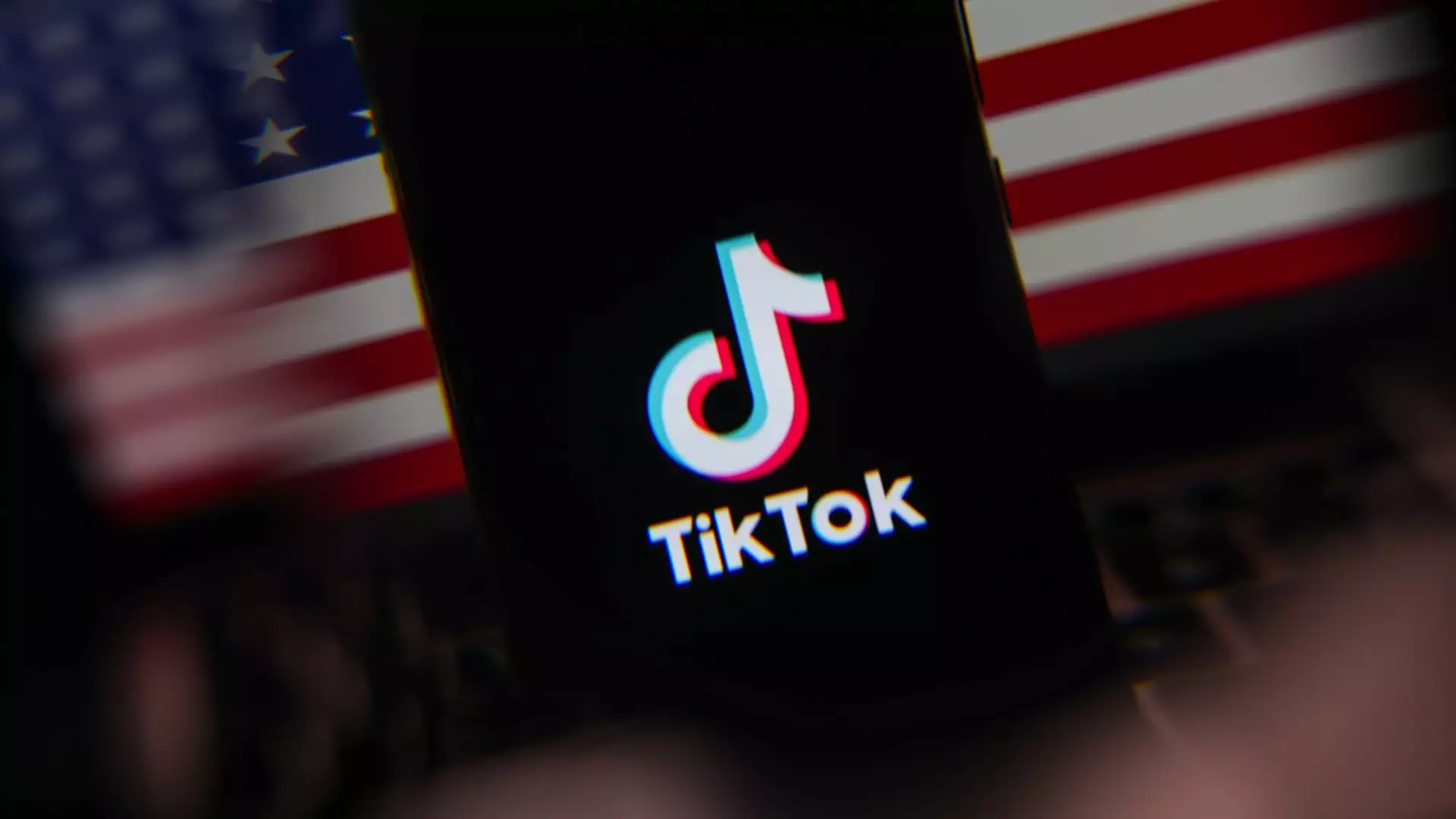In a significant shift, TikTok re-entered both the Apple App Store and Google Play stores on Thursday evening, marking the end of its brief removal from these platforms. The app had faced an abrupt exit on January 18, just before the implementation of a national security law that imposed stringent requirements on its operations in the U.S. The situation escalated when TikTok’s management decided to halt services in the country, driven by impending legislative pressures. Less than a month post-removal, the app is back, highlighting the fluid dynamics of digital governance and corporate responsiveness under U.S. regulations.
The return of TikTok underscores the complex legal landscape defined by the Protecting Americans from Foreign Adversary Controlled Applications Act, enacted in April by former President Joe Biden. This law directly impacted ByteDance, TikTok’s parent company, mandating divestiture of its U.S. operations by January 19 or face an effective ban. The inherent tension between national security considerations and users’ constitutional rights emerged as a central theme, with TikTok asserting that the law infringed on the First Amendment rights of its substantial U.S. user base, which numbers over 170 million.
Conversely, the U.S. government bolstered its position by articulating concerns about ByteDance’s potential ties to the Chinese government, framing the app as a security risk. The Supreme Court sided with the administration earlier this year, underscoring Congress’s determination that divestiture was crucial for addressing perceived data privacy threats associated with TikTok. This ruling underscored the increasing scrutiny faced by foreign-owned tech companies, particularly from China, as tensions between the two nations escalate.
Given the legal pressures, TikTok’s leadership was vocal about their dissatisfaction with the Supreme Court’s ruling. They indicated a willingness to halt their U.S. operations altogether unless the administration intervened favorably. The narrative shifted when former President Trump announced a temporary delay in enforcing the ban, extending the deadline for compliance. His commentary on a potential joint venture wherein the U.S. would hold a significant stake reflects a broader trend where national interests intermingle with corporate maneuvering, as stakeholders look for collaborative solutions to contentious regulatory environments.
Despite the turbulent landscape, TikTok demonstrated remarkable resilience, reportedly recovering around 90% of its pre-ban traffic as of late January. This statistic illustrates users’ loyalty and the platform’s entrenched role in American social media culture, despite ongoing regulatory threats. The rapid rebound indicates the app’s operational efficacy and the challenges the U.S. government faces in managing the digital economy amid geopolitical tensions.
The saga of TikTok’s removal and subsequent reinstatement in U.S. app stores encapsulates the intricate balance between national security and digital freedoms. As the app continues to navigate these waters, it serves as a vivid case study in contemporary tech governance, user rights, and the evolving relationship between foreign enterprises and American regulatory frameworks. The unfolding story invites continued scrutiny and debate on the efficacy of legal instruments aimed at safeguarding national interests while respecting constitutional liberties—a challenge that will persist in the years to come.

